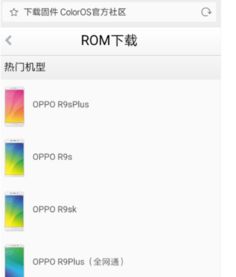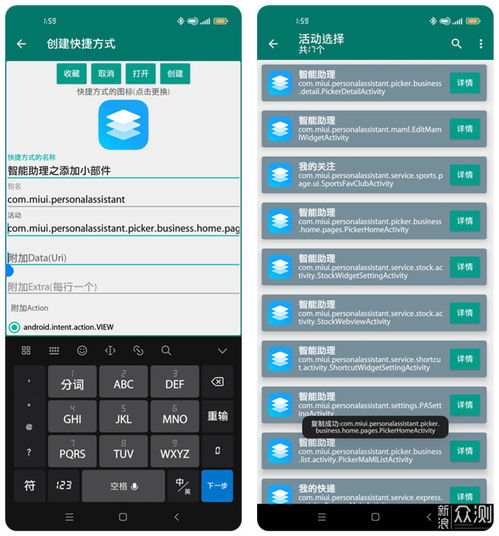
oa系统 英文,Introduction to OA Systems
时间:2024-10-25 来源:网络 人气:
Introduction to OA Systems

Office Automation (OA) systems have revolutionized the way businesses operate by streamlining office processes and enhancing productivity. This article delves into the basics of OA systems, their benefits, and their impact on modern workplaces.
What is an OA System?

An OA system, also known as an Office Automation System, is a software application designed to automate various office tasks and processes. It integrates different office functions into a single platform, allowing for efficient information management, communication, and collaboration.
Key Features of OA Systems

OA systems typically offer a range of features that cater to different office needs. Some of the key features include:
Document Management: Allows for the storage, retrieval, and sharing of documents within the organization.
Email and Messaging: Facilitates communication between employees, clients, and partners.
Calendar and Scheduling: Helps in managing meetings, appointments, and deadlines.
Task and Project Management: Enables teams to collaborate on projects, assign tasks, and track progress.
Workflow Automation: Automates repetitive tasks, reducing manual effort and errors.
Benefits of Implementing an OA System

Implementing an OA system in an organization can bring about several benefits, including:
Increased Productivity: By automating routine tasks, employees can focus on more critical activities, leading to higher productivity.
Improved Collaboration: OA systems facilitate better communication and collaboration among team members, regardless of their physical location.
Cost Reduction: By reducing paper usage and streamlining processes, organizations can save on printing, storage, and administrative costs.
Enhanced Data Security: OA systems provide robust security measures to protect sensitive information from unauthorized access.
Scalability: As the organization grows, OA systems can be easily scaled to accommodate increased workload and user requirements.
Challenges in Implementing OA Systems

While OA systems offer numerous benefits, there are also challenges associated with their implementation:
Training and Adaptation: Employees may require training to adapt to new systems, which can be time-consuming and costly.
Integration with Existing Systems: Integrating OA systems with existing software and hardware can be complex and may require additional resources.
Data Security Concerns: Ensuring data security and compliance with regulations can be challenging, especially for organizations dealing with sensitive information.
Future Trends in OA Systems

The future of OA systems is expected to be shaped by several trends:
Artificial Intelligence (AI): AI-powered OA systems can provide personalized recommendations, predictive analytics, and automated decision-making.
Mobile Accessibility: As more employees work remotely, mobile-friendly OA systems will become increasingly important.
Cloud Computing: Cloud-based OA systems offer scalability, flexibility, and cost-effectiveness.
Blockchain: Blockchain technology can enhance data security and transparency in OA systems.
Conclusion

OA systems have become an essential tool for modern businesses, helping them to streamline operations, improve productivity, and enhance collaboration. As technology continues to evolve, OA systems will play a crucial role in shaping the future of work.
相关推荐
教程资讯
教程资讯排行













